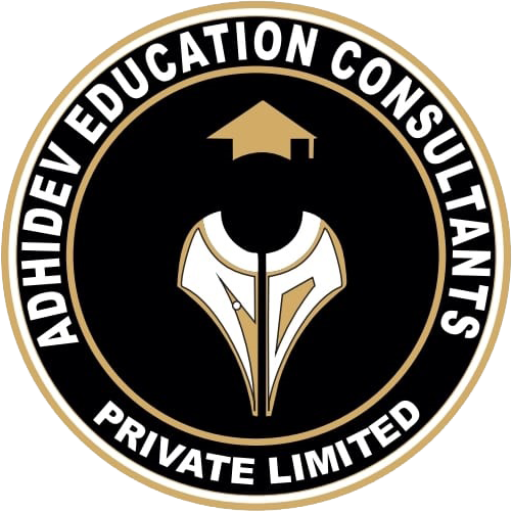In recent years, e-learning has revolutionized various fields, and medical education is no exception. As the demand for healthcare professionals continues to rise, traditional teaching methods often struggle to keep pace. E-learning offers innovative solutions to enhance medical education, providing opportunities for personalized learning, flexible access to resources, and interactive platforms. However, this transformation also presents several challenges that must be addressed to ensure effective implementation. This blog explores the opportunities and challenges associated with e-learning in medical education.
Opportunities in E-Learning
One of the most significant advantages of e-learning in medical education is the enhanced accessibility it provides. Students can access a wide range of online resources, including video lectures, interactive modules, and digital textbooks, from anywhere and at any time. This flexibility allows students to learn at their own pace, accommodating different learning styles and schedules.
For instance, platforms like Coursera, Khan Academy, and Lecturio offer comprehensive courses tailored for medical students. These platforms feature engaging content, including animations and quizzes, which can significantly improve understanding and retention of complex medical concepts. Furthermore, e-learning can bridge the gap for students in remote or underserved areas, where access to traditional educational institutions may be limited. By utilizing online resources, aspiring doctors can obtain a high-quality education regardless of their geographical location.
E-learning also facilitates personalized learning experiences, allowing students to tailor their educational journeys according to their strengths and weaknesses. Advanced learning management systems (LMS) can analyze student performance in real-time, identifying areas where additional support or resources may be needed. This data-driven approach empowers educators to customize course materials and assessments, ensuring that each student receives the attention they require.
For example, adaptive learning technologies can adjust the difficulty level of questions based on a student’s performance, providing a more targeted and effective learning experience. Additionally, students can revisit challenging topics and engage with supplementary materials as needed, fostering a deeper understanding of the subject matter. This personalized approach not only enhances academic performance but also cultivates a sense of ownership and motivation among students.
E-learning platforms can facilitate collaborative learning experiences, enabling students to connect and engage with their peers and instructors from diverse backgrounds. Virtual classrooms and discussion forums provide opportunities for group projects, case studies, and peer reviews, promoting teamwork and communication skills essential for future healthcare professionals.
Tools like Zoom, Microsoft Teams, and Slack can enhance collaboration, allowing students to participate in live discussions, share resources, and seek guidance from faculty and fellow students. These collaborative experiences can foster a sense of community and belonging, which is vital in a field that requires teamwork and effective communication.
Challenges in E-Learning
Despite the numerous benefits, e-learning also presents significant challenges, particularly in terms of technology access and infrastructure. Not all students have reliable internet access or access to the necessary devices, which can hinder their ability to participate in online learning effectively. This digital divide can exacerbate existing disparities in education, particularly in rural and underserved areas.
Furthermore, educational institutions must invest in the necessary infrastructure to support e-learning initiatives. This includes not only robust internet connections but also access to training programs for faculty and students to ensure they are proficient in using the technology. Without adequate resources and support, the potential of e-learning may not be fully realized.
Another challenge in e-learning is maintaining student engagement and motivation. In traditional classroom settings, students benefit from face-to-face interactions, which can enhance motivation and accountability. However, in an online environment, students may struggle to stay focused and engaged, leading to higher dropout rates.
To combat this issue, educators must employ innovative strategies to foster engagement in online courses. This can include interactive elements such as quizzes, polls, and gamified learning experiences that encourage active participation. Additionally, regular communication and feedback from instructors can help students stay motivated and connected to their learning community.
Quality assurance is a critical concern in e-learning. While there are many reputable online platforms, the proliferation of unregulated e-learning resources can lead to inconsistent quality of education. It is essential for educational institutions to establish rigorous standards for online courses, ensuring that they meet the same educational criteria as traditional programs.
Furthermore, accreditation and recognition of e-learning programs can pose challenges for students seeking employment after graduation. Employers may still prefer candidates with traditional degrees, creating a potential bias against online education. As e-learning continues to evolve, it is crucial for institutions to work towards establishing credibility and recognition for their online programs.
The Future of E-Learning in Medical Education
The future of e-learning in medical education will likely be shaped by the integration of advanced technologies such as virtual reality (VR), augmented reality (AR), and artificial intelligence (AI). These technologies can provide immersive learning experiences, allowing students to practice procedures in a risk-free environment. For example, VR simulations can replicate complex surgical scenarios, giving students the opportunity to refine their skills before entering the operating room.
AI can also enhance e-learning by providing personalized recommendations based on individual learning patterns. Intelligent tutoring systems can adapt to each student’s progress, offering targeted support and resources tailored to their needs. As these technologies continue to develop, they hold the potential to transform medical education and improve outcomes for future healthcare professionals.
Another emerging trend in medical education is the adoption of hybrid learning models that combine online and in-person instruction. This approach allows students to benefit from the flexibility and accessibility of e-learning while still gaining essential hands-on experience through traditional clinical training. Hybrid models can also foster greater collaboration between students and faculty, creating a well-rounded educational experience.
For example, students may participate in online lectures and discussions while attending in-person workshops or clinical rotations. This blended approach can provide a more comprehensive understanding of medical concepts while ensuring that students develop the practical skills necessary for their future careers.
As the field of medicine evolves, the importance of lifelong learning and continuous professional development cannot be overstated. E-learning platforms can play a vital role in providing healthcare professionals with access to ongoing education and training. Online courses, webinars, and virtual conferences can help practitioners stay updated on the latest advancements in medical knowledge and technology.
By embracing e-learning as a tool for lifelong learning, healthcare professionals can enhance their skills and adapt to the ever-changing landscape of medicine. This commitment to continuous education not only benefits individual practitioners but also contributes to improved patient care and outcomes.












